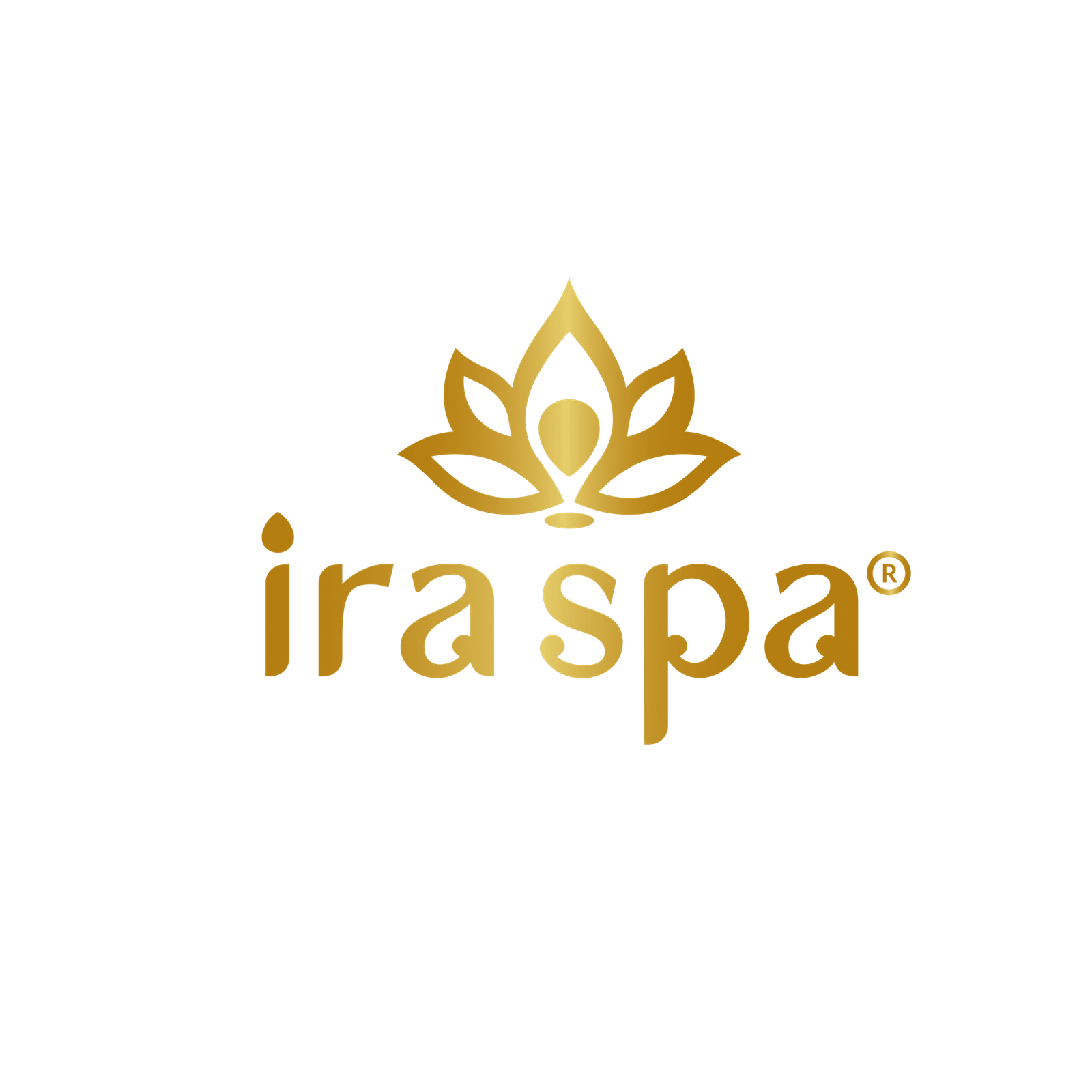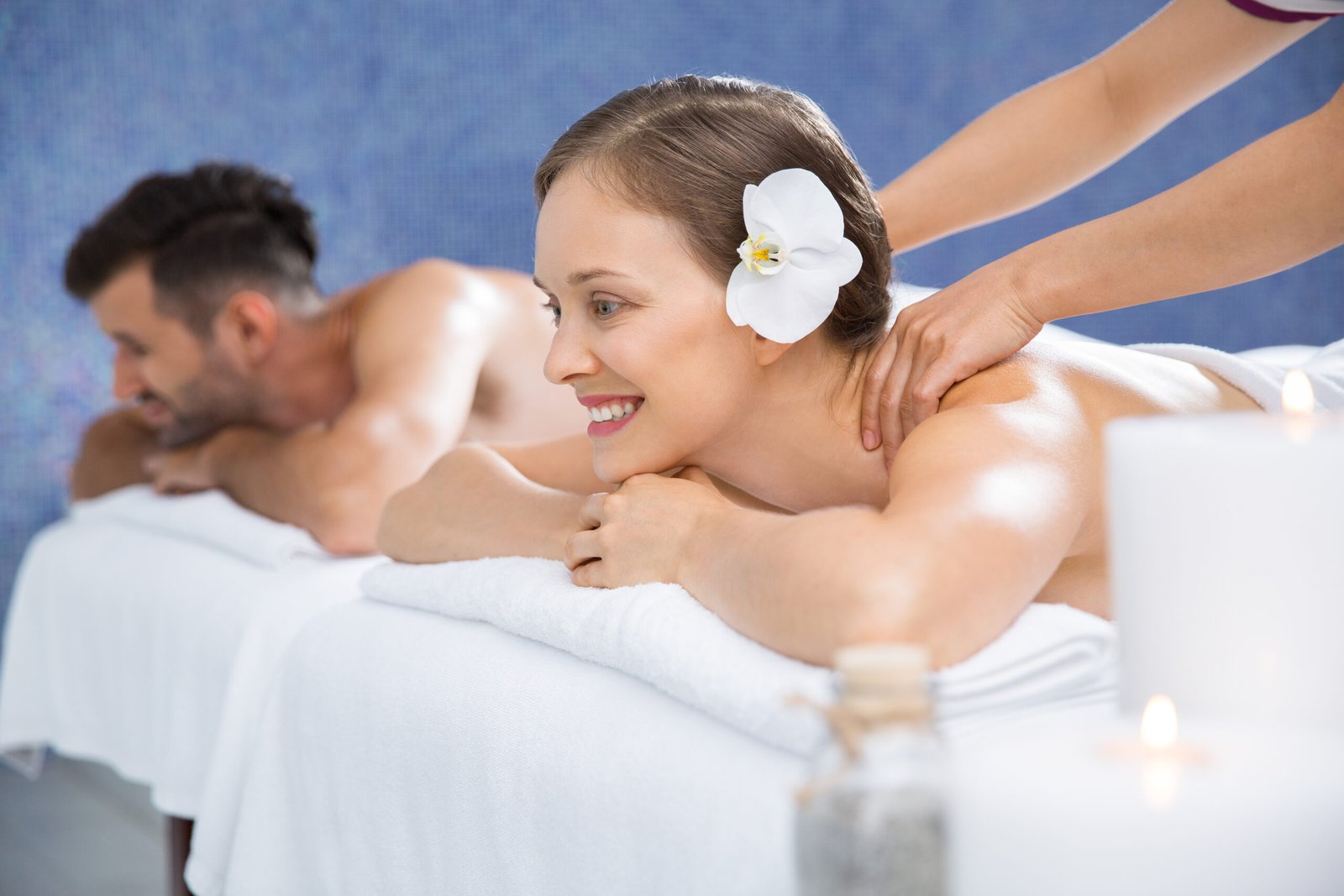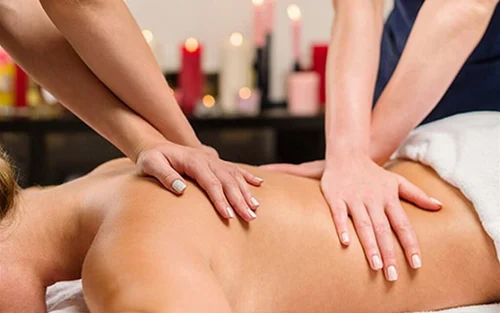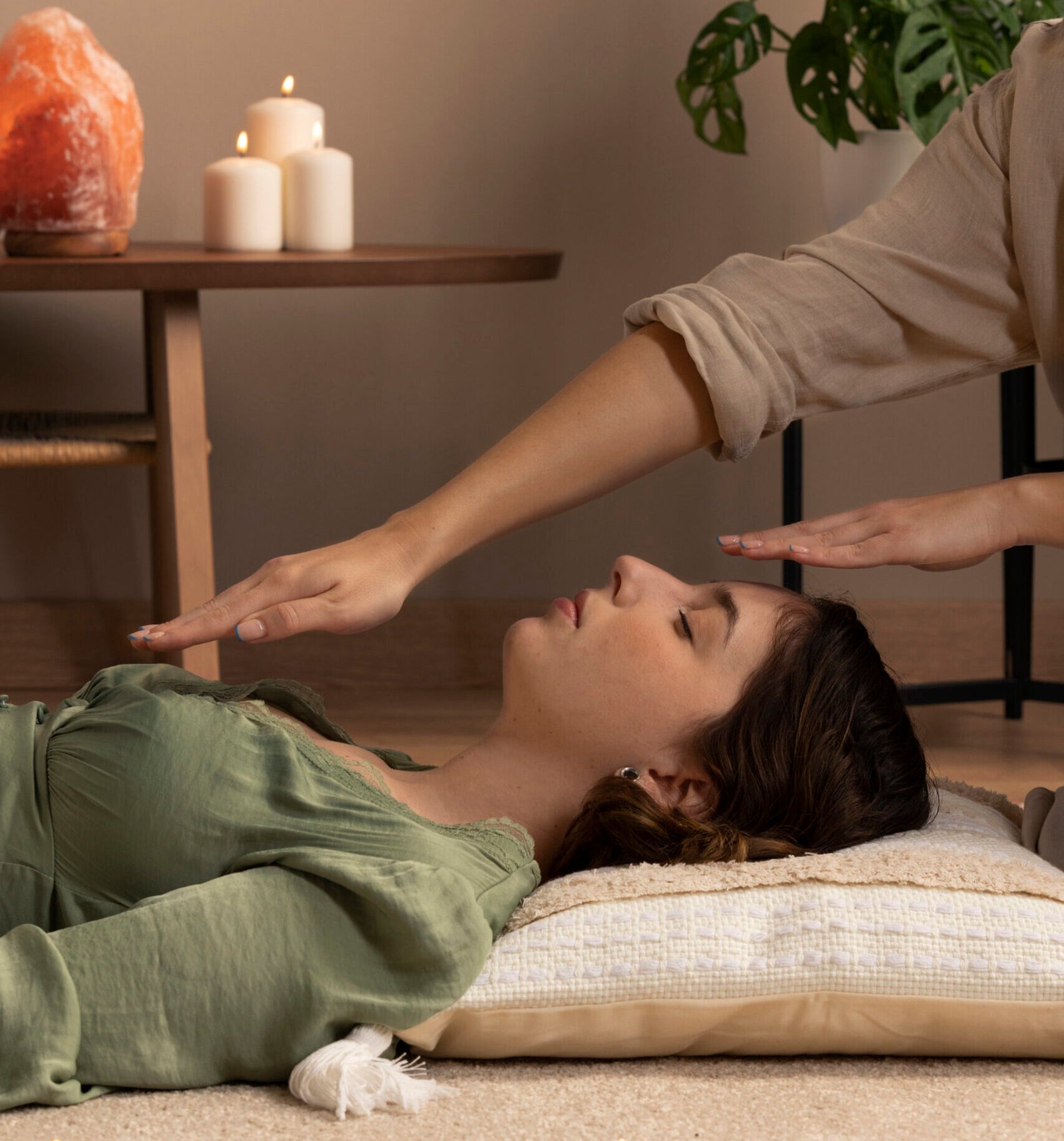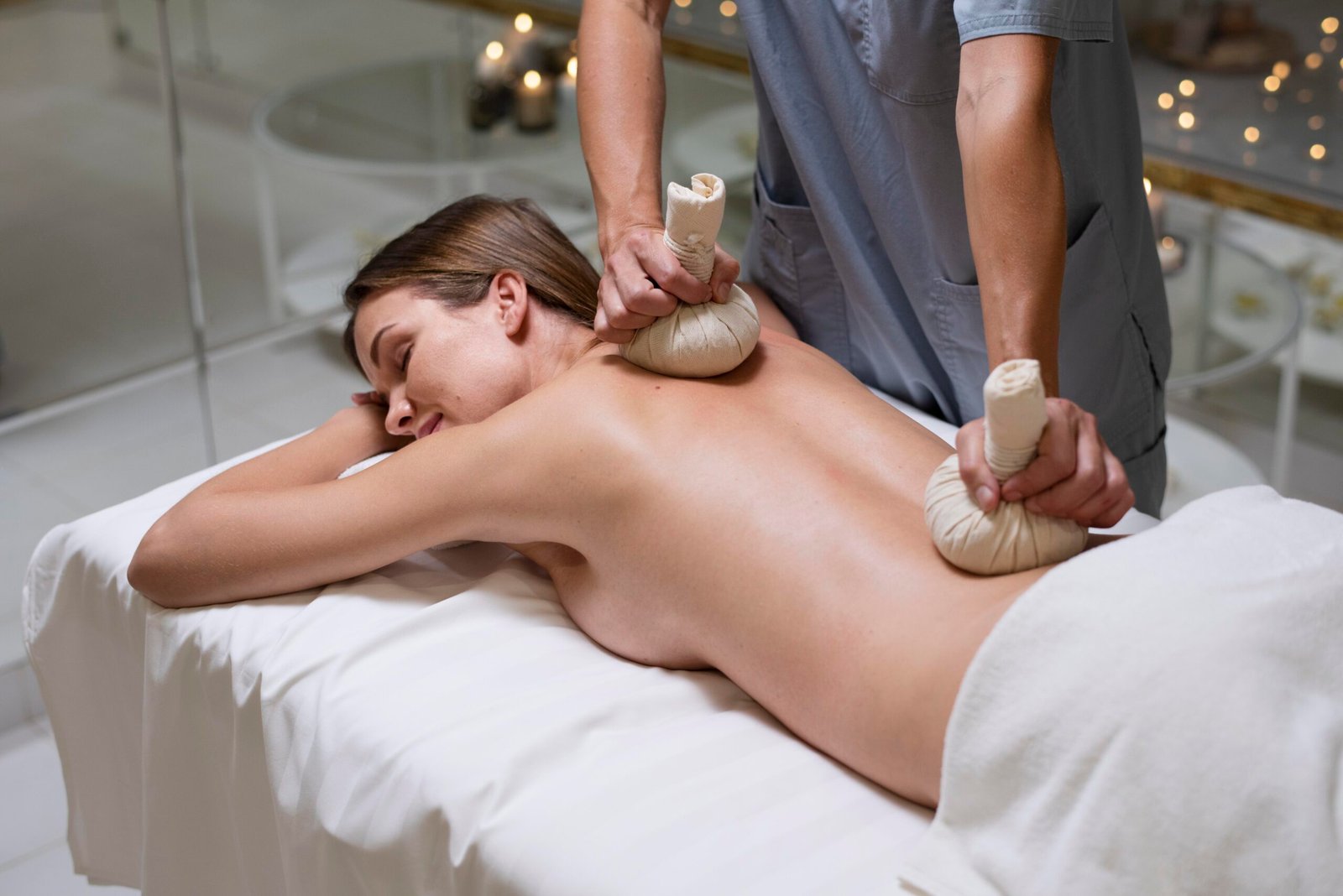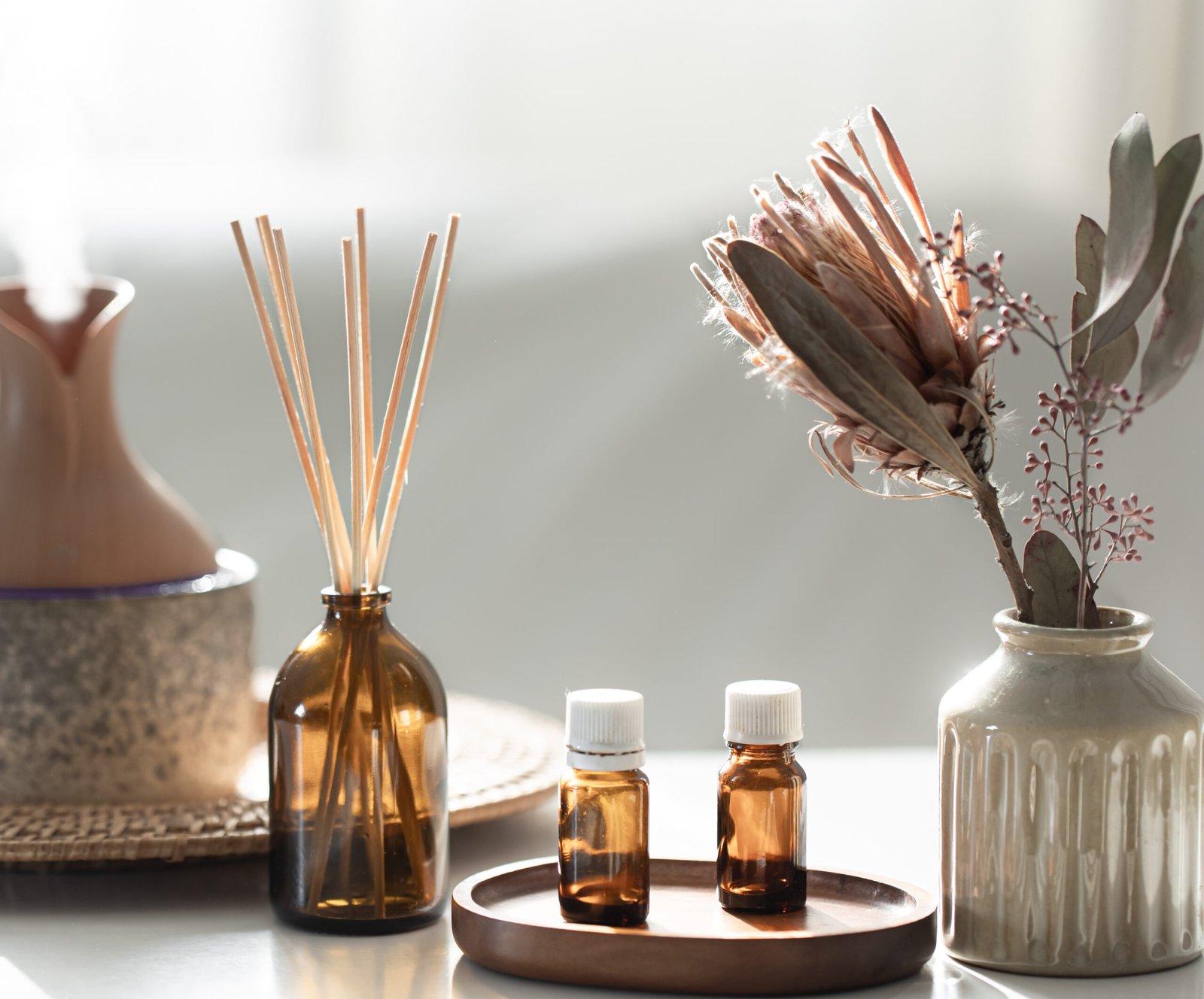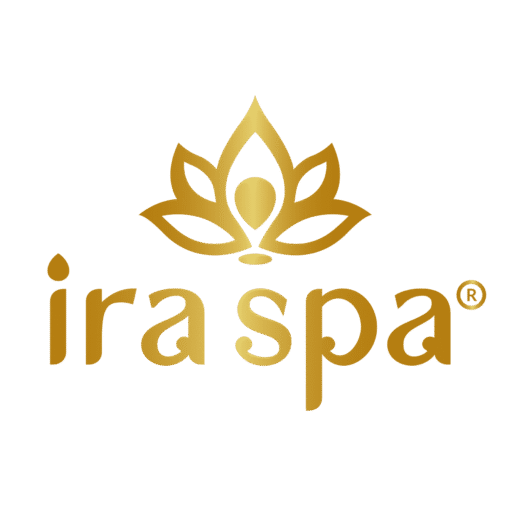Table of content
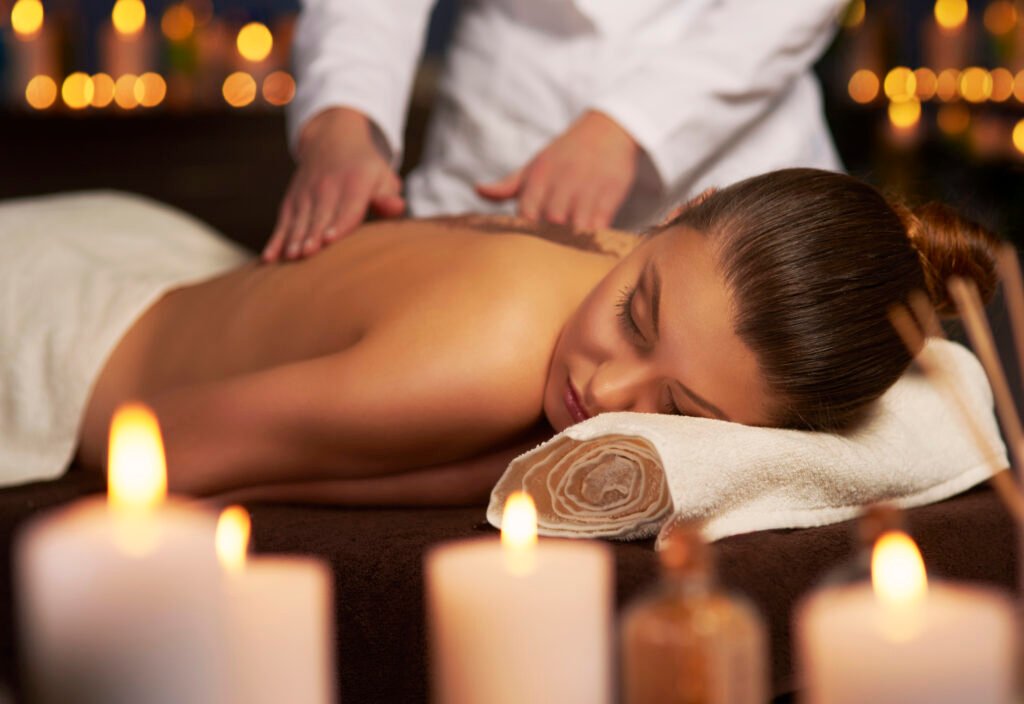
In today’s fast-paced world, prioritizing self-care is essential for maintaining overall well-being. One traditional yet powerfully effective practice is the regular indulgence in Thai massage. This is a holistic therapy rooted in ancient traditions that combines acupressure, assisted stretching. Mindful breathing deliver profound physical and mental health benefits.
Whether you’re seeking relief from daily stress or looking to improve flexibility, Thai massage provides a natural solution. It’s an effective way to support your overall wellness routine while nurturing both body and mind.
1. How Often Should You Get a Thai Massage?
The ideal frequency of Thai massage depends on individual needs, health conditions, and lifestyle factors. For those dealing with chronic stress or muscle tension, weekly or biweekly sessions can help maintain optimal relaxation and mobility.
If you’re building a consistent wellness routine, incorporating Thai massage once a month alongside other therapies like yoga or meditation can deliver lasting benefits without overcommitting your schedule.
Active individuals, athletes, or people recovering from injuries may also benefit from more frequent sessions tailored to their training or rehabilitation needs. It’s always best to consult with a trained Thai massage practitioner or healthcare provider to determine the right frequency based on your unique goals and health history.
2. Techniques Used in Thai Massage
This massage is celebrated for its holistic techniques that blend movement, pressure, and relaxation to offer full-body wellness benefits.
Yoga-Inspired Stretching
Therapists guide you through gentle, yoga-like stretches that increase flexibility, improve joint mobility, and ease stiffness. These movements also help posture and pair well with treatments like body polishing to promote both internal and external rejuvenation.
Acupressure and Rhythmic Compression
By applying rhythmic pressure along energy pathways (Sen lines), Thai massage releases deep muscle tension and improves blood flow. This technique, much like a foot spa, promotes overall balance, relieves fatigue, and re-energizes both body and mind.
Joint Mobilization with Gentle Rocking
Calming joint movements and rocking techniques loosen stiffness, enhance motion, and induce deep relaxation. Combined with treatments like body polishing or a soothing foot spa, this experience supports both inner peace and outer glow.
3. Physical Benefits of Regular Thai Massage
Thai massage offers a range of physical health advantages that go far beyond relaxation.
Improved Flexibility and Range of Motion
The assisted stretches and joint mobilization techniques used in massage increase flexibility, making it ideal for athletes, yoga practitioners, and anyone with a sedentary lifestyle looking to improve mobility.
Enhanced Blood Circulation
The rhythmic pressing and stretching movements stimulate circulation throughout the body, aiding in oxygen delivery and supporting the removal of metabolic waste. Improved circulation can help with healing, energy levels, and overall vitality.
Reduces Muscle Tension and Pain
By targeting deep layers of muscle and fascia, Thai massage effectively releases chronic tension, reduces stiffness, and alleviates pain. This makes it a valuable therapy for managing conditions like back pain, shoulder stiffness, and muscle soreness.
4. Mental and Emotional Benefits of Thai Massage
Beyond the physical advantages, This massage offers significant mental and emotional health benefits that make it especially appealing for stressed individuals.
Thai massage reduces Stress and Anxiety Reduction
The combination of slow, mindful movements and calming breathwork activates the parasympathetic nervous system, leading to deep relaxation. Regular sessions of stress relief massage can help lower cortisol levels, soothe anxiety, and create a sense of peace.
Thai massage Improves Sleep Quality
The relaxation induced by Thai massage prepares the body and mind for better sleep. For those struggling with insomnia or restless nights, incorporating the massage into a wellness routine can promote more restful, restorative sleep.
Enhanced Mood and Mental Clarity
This massage encourages the release of endorphins and serotonin, the body’s natural mood enhancers. This boost can lead to improved emotional balance, greater mental clarity, and increased resilience in dealing with daily stressors.
5. Energy Flow and Traditional Healing Benefits
This is rooted in traditional Thai medicine and draws on the concept of balancing the body’s energy pathways for holistic healing.
Balancing Body Energy Lines
Practitioners work along the body’s Sen lines—similar to meridians in Chinese medicine—to clear blockages and restore balanced energy flow. This is believed to support the body’s natural healing processes and overall vitality.
Integrates Mindfulness and Breath
It often incorporates mindful breathing and a meditative approach, encouraging both therapist and client to stay present. This mindful practice deepens relaxation and fosters a sense of connectedness between body and mind.
Conclusion
Regular Thai massage is much more than a luxury—it is a holistic approach to health and well-being that addresses both body and mind. By improving flexibility, circulation, and muscle health while reducing stress and enhancing mental clarity, this massage can play a vital role in maintaining a balanced, healthy lifestyle.
Whether enjoyed at a professional spa or with a trained therapist, incorporating Thai massage into your self-care routine is an investment in your overall wellness, helping you navigate daily stress with greater calm, ease, and resilience.

